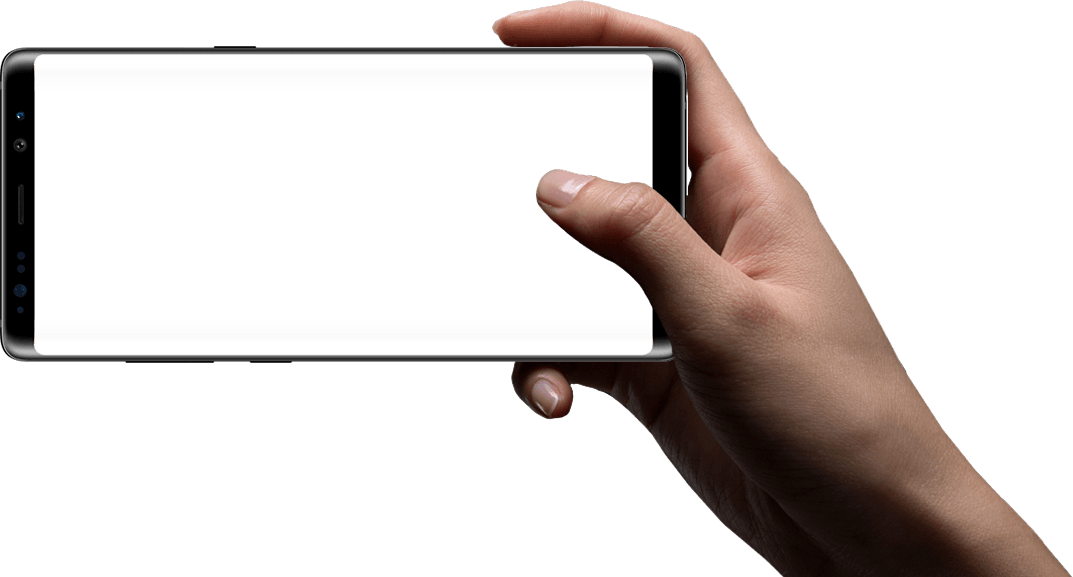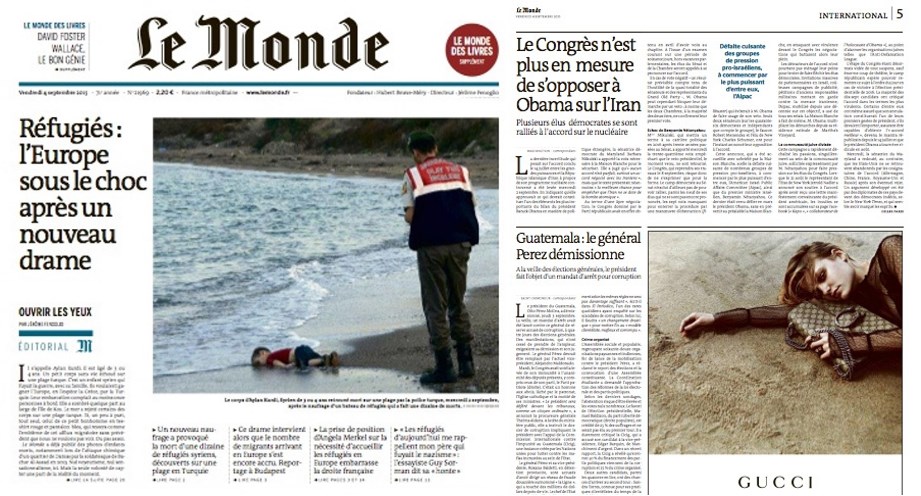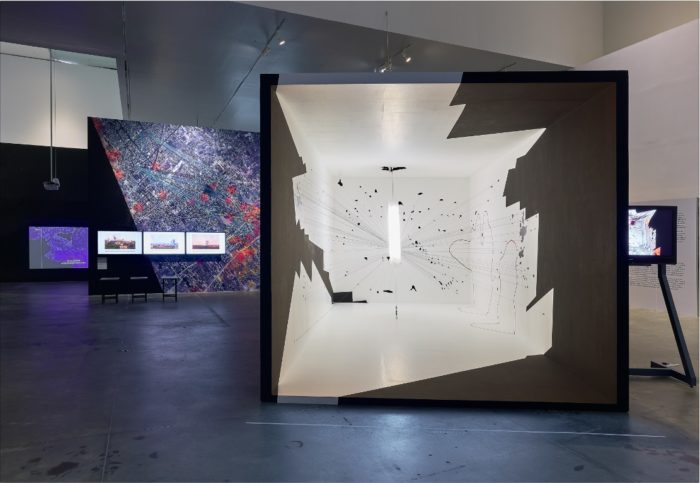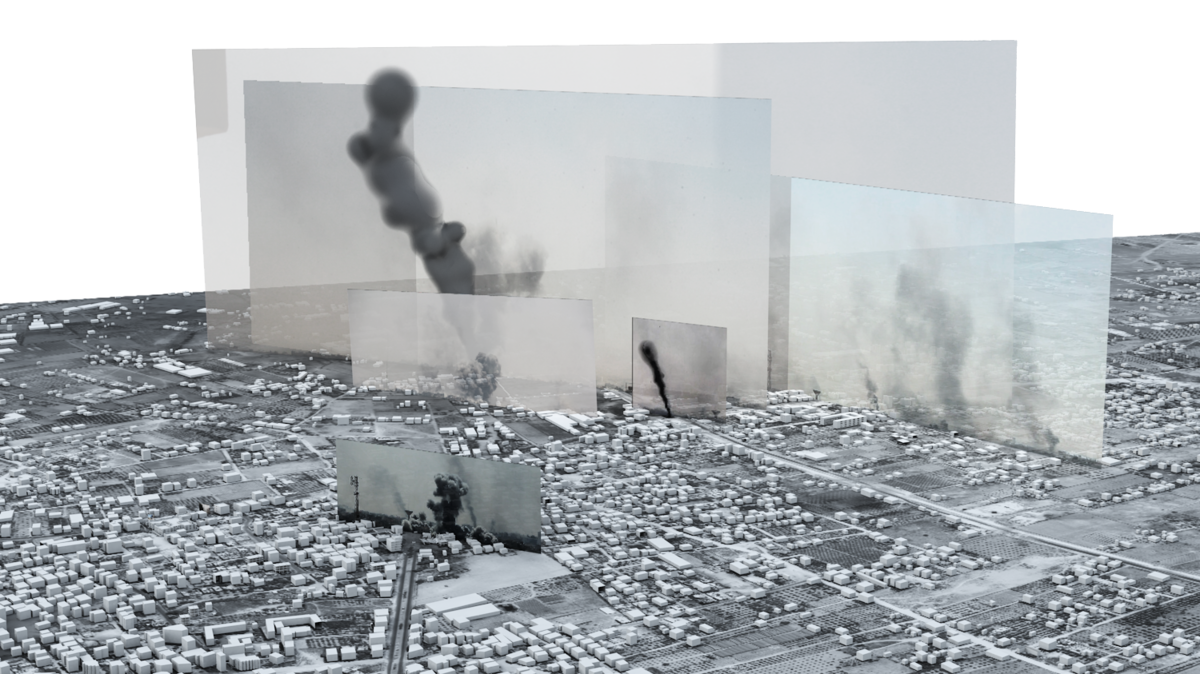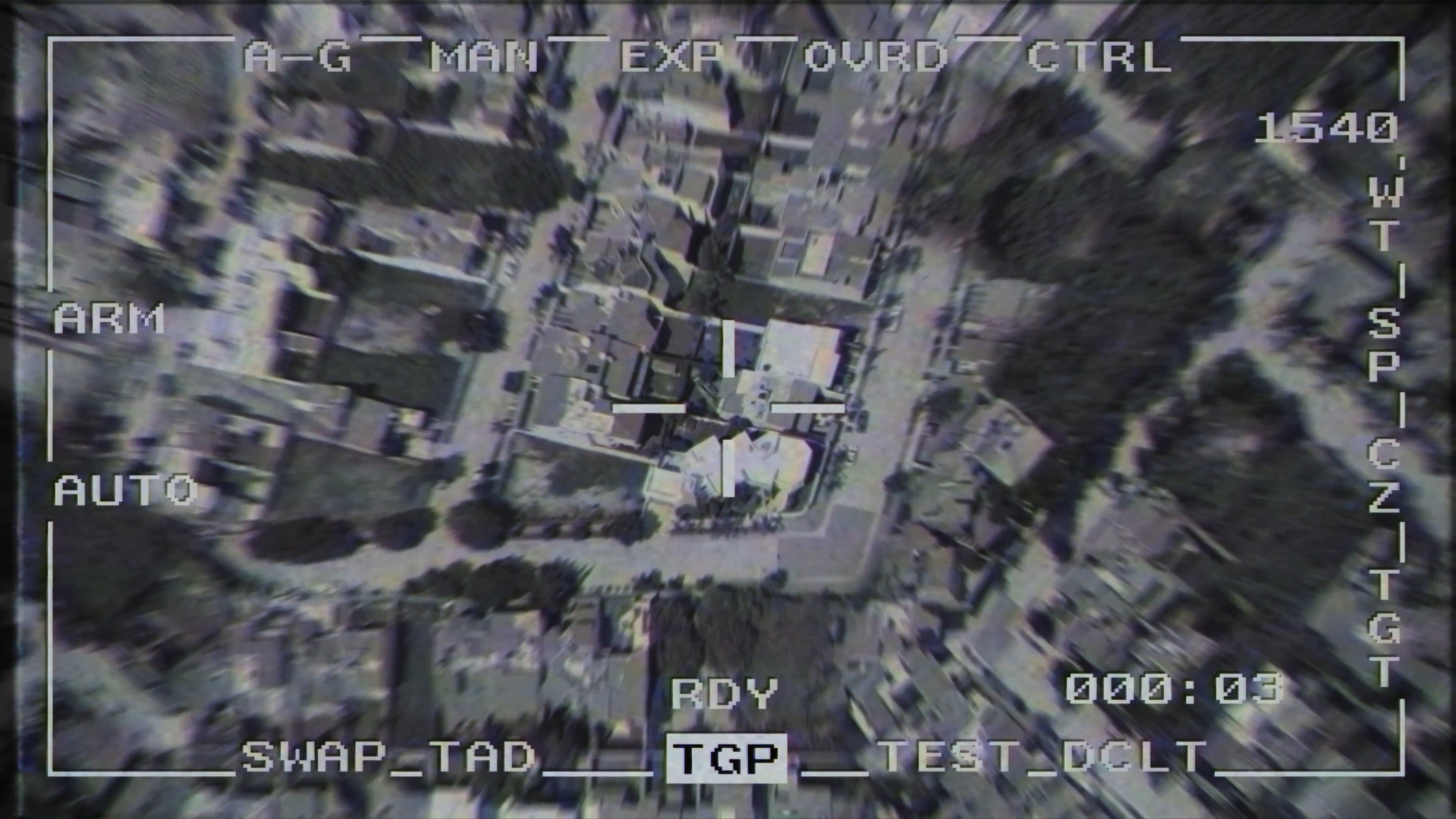Home
VIII. GAZING & WITNESSING
24/03/2019
I remember this lecture very vividly, not necessary because of its content which I describe in the following introduction, but rather as a lived experience. Indeed, it is through Helen Pritchard’s exercises At the Border of Self and other and Contact Zone at a Distance that I came to realise few things now embed in my practice and intellect. Being, and this is something I express in many of this blog’s post, that embodied perception of an event is of significant theoretical force, especially within the field of politics, activism and I believe feminism. Through the event of being a witnesser and being witnessed, I embodied the power of domination and the game of self-design — something I did experienced while reading about similar gestures. Reading about witnessing as a topic I never truly acknowledged witness potency of both being under and above the gaze. I felt the power and the potential domination I could inflict as a gazer, as well as empathised the gazed object/subject. Meanwhile reading theories about remote places, remote events, remote witness and witnessed, I distance myself. As a former French youth activist, I never thought of the videos we took as witnessing actions, nor did we thought of ourselves as witnessed materials. Now, when I go back to France and take part again in those events, I am aware of the digital protection I carry in my pocket, and how filming became key in defending our rights. Thus far, theoretical digital witnessing (especially interpreted by wealthy established artists) has its limits. Insofar that court establishes limitation in the usability of such proof materials, police destroys and skirts our digital apparatuses — and here I am merely talking about France so called democracy. This post-reflection doesn’t necessary add anything substantial but assesses doubts I have about artistic appropriation of political realities. Regardless, I also wanted to share the brief piece of writing I did during the above mentioned exercises:
Mediated
The dominant gaze’s apathy, servile images
became Prevalent
Atomisation
of the Sensing other we became liquid
You are domination
Result’s manipulation
You are .img
Now all that is solid falls into sight, shush shush
I see you,
You see the screen glowing ahead of me,
You will never
As you are
My prosthetic materiality
I witness you, you are
No thing nothing
De territoried, De Terrorized,
the west-end gaze decides
History
12-bit Histery
Otherness as a threat
The Matrix paradigm
11/2018
Through the event of Gwadar (Pakistani) crisis, the article explores the visual representation of geopolitical conflict zones are affected by an increasing use of digital technologies, transposing what use to be journalistic printed matter to a more seamless ubiquitous visual environment. In doing so it addresses the socio-political materiality of those images emerging and circulating from remote warfare zones through western media channels. The paper inquires how digital processes of captation and mediation influence the way we relate to those places. Its author puts an accent on the emotional manipulation grounding our fascinated, thus, terrified and avoiding gaze. It insists on the remoteness-ness induced by a topological lack of relational connection to our western-centred position. The article unseals, through different material (from artist projects like Dronestagram by the artist James Bridle to mainstream political video clips), the distinct layers of agency and perception embed in those images. Inquiring their representation, manifestation and context of reception, the article addresses the different agents at play in those i-material existence. A really valuable point, I thought, was the empathetic effect induced in manipulating and decontextualising those visuals as well as their substitution to concrete humanitarian action. One is to wander wether empathy images are either participating in the emancipation of their subject or in their dehumanisation. It also links back to the criticism I expressed about Burgera’s Hiundaye commission for the Tate Modern (cf: https://jpg92.hotglue.me/?Pre_Post%20:%20Things%27%20Thoughts). Another point of interest is the analysing of Kantian and Greenbergian primacy of vision embed in virtual cognition. Linking to Gibson’s understanding of VR, it discusses their analyse according to which experiencing “reality” can only be achieved through sight. This remark is of primary interest considering the phallogocentric aspect of visual technology and VR within the realm of perception and emotion’s manipulation. Convincingly, another key point is the notion of citizen journalism. Through examples like Higgins, the articles address individual responsibilities we, citizen, behold as contingent actors in creating and mediating new visual information within the post-truth era. Even though Although Forensic share similar intentions, I think the author makes a good point by suggesting their practice also casts shadows on victim bodies while subjecting them to expert knowledge and practices. By forcing scientific methodologies upon their subjects meanwhile lacking empathy and emancipatory potency, those war crime victims are turned into object of study, or even witnessing material.
Most commonly, the paper addresses the power game embed in images of Gwadar and their lack of bodies representation. I noticed similar effects while working on western Saharawi demand for independence for the UN. Interestingly, in this colonial zone, google maps displayed no images except the one curated by the Moroccan state (that research was set in 2012) meanwhile only showing policed landscape — no faces of Saharawi population, hidden either on site or in camps in Algeria. Here, the absence of population represents a way to dismiss the physical manifestation of conflict. If one can not see victims one can not acknowledge conflict.
BIBLIOGRAPHY
Nishat Awan (2016) Digital Narratives and Witnessing: The Ethics of Engaging
with Places at a Distance, GeoHumanities, 2:2, 311-330, DOI: 10.1080/2373566X.2016.1234940
QUOTES
One key critique has been the distant nature of such endeavors that could be seen to use technology as a proxy through which to administer aid, while keeping Western humani- tarian agents safe and out of harm’s way (Duffield 2013)
“November is the time after October, a time when revolution seems to be over and peripheral struggles have become particular, localist, and almost impossible to communicate” (Steyerl 2005, 1)
“location could be addressed differently, so that the possibility of using some expert knowledge and the testimony of objects could also be supplemented by other types of knowl- edge and other types of seeing. Perhaps what I am also referring to here is the notion of a feminist geopolitics. “
To not only use such practices after the fact, in the arena of international law or as journalistic reporting, but to mediate an ethical spatial practice that intervenes within the lives of those who live and work in such places demands this broader engagement.
KEY WORDS
Digital narratives,
Distance, : not as only physical distance but emotional distance consciously stated from the viewer. Places that repel, disgust or put us in fear. Places we don’t want to look at. The topological lack of relational connection (Balibar 2009; Elden 2009; Sloterdijk 2012)
Forensic approach,
Spatial analysis,
Witnessing.
Power-topologies: the binary effect of the digital realm simultaneously providing access and mediating those remote zones. Along with the duration embed in those technological practices.
IMNAGES
Forensic Architecture,
Le monde & Gucci Scandal,
Drone vision
